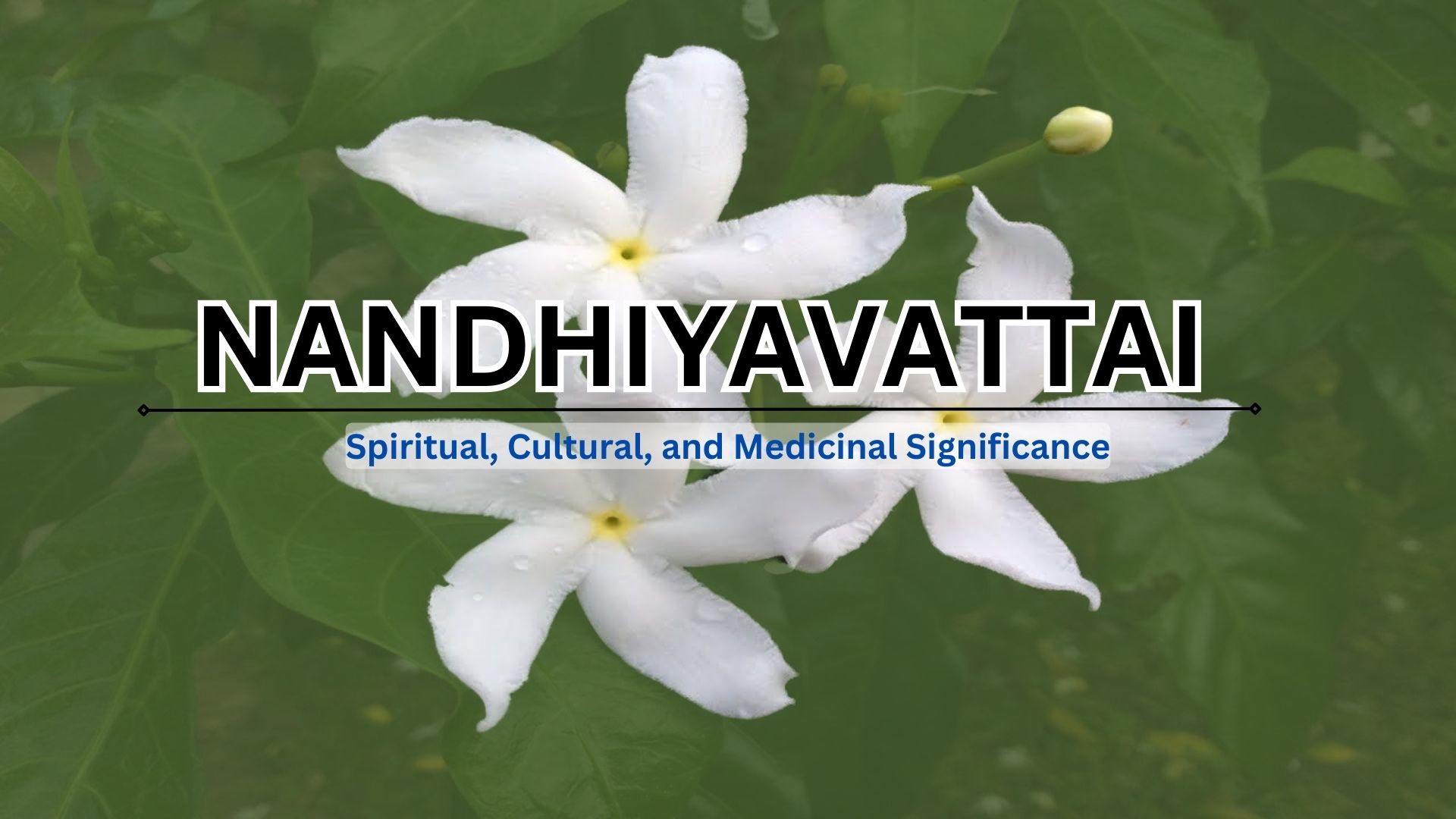
Introduction:
Nature, in its infinite wisdom, bestows upon us a myriad of gifts, each with its unique charm and purpose. Among these treasures is the Nandhiyavattai flower, known as Chandni in Hindi and Wax flower in English. This delicate bloom carries profound spiritual, cultural, and medicinal significance, weaving itself into the fabric of traditions and holistic well-being.
Spiritual Significance:
Nandhiyavattai flower is often associated with Lord Shiva. According to legends, the flower is believed to be a favorite of Nandi, the sacred bull and mount of Lord Shiva. Devotees offer these blossoms in worship to seek blessings, symbolizing purity and devotion. The fragrant blooms are an integral part of religious rituals and ceremonies, fostering a spiritual connection with the divine.
Cultural Importance:
The cultural significance of the Nandhiyavattai flower extends beyond religious ceremonies. In various Indian traditions, the flower is used to adorn hair during festive occasions and special celebrations. Its vibrant white petals and sweet fragrance add a touch of elegance to traditional attire, symbolizing purity and auspiciousness. The Chandni flower is also a common motif in Indian art, reflecting its cultural resonance and timeless beauty.
Medicinal Properties:
Beyond its symbolic importance, the Nandhiyavattai flower boasts a range of medicinal properties. In traditional medicine systems like Ayurveda, the flower is valued for its therapeutic benefits. It is believed to possess anti-inflammatory and analgesic properties, making it useful in the treatment of various ailments. Chandni is often utilized in herbal formulations to address skin conditions, respiratory issues, and digestive disorders. The healing potential of this flower has been recognized for centuries, passed down through generations as a natural remedy.
Culinary Uses:
Apart from its spiritual and medicinal roles, the Nandhiyavattai flower finds its way into culinary practices. The delicate blooms are sometimes used in the preparation of traditional sweets and beverages, imparting a subtle fragrance and flavor. Additionally, the wax-like texture of the petals makes them suitable for decorative purposes in culinary presentations, adding an artistic touch to festive dishes.
Conservation Challenges:
Despite its cultural and spiritual significance, the Nandhiyavattai flower faces conservation challenges. Habitat loss, deforestation, and urbanization pose threats to the natural growth of this species. Efforts to preserve and propagate the cultivation of Chandni flowers are crucial to maintaining their cultural and ecological importance.
Conclusion:
The Nandhiyavattai flower, known as Chandni in Hindi and Wax flower in English, transcends its botanical existence to become a symbol of spirituality, culture, and holistic healing. From adorning deities in temples to gracing the tresses of individuals during celebrations, this delicate bloom weaves a story of tradition and reverence. As we marvel at its beauty, it is essential to recognize the need for conservation to ensure that future generations can continue to experience the multifaceted significance of this enchanting flower.
NEXT ARTICLE

A group of eager volunteers and nature enthusiasts, gathered amidst the lush greenery, ready to embark on a mission to enhance the beauty of our surro...